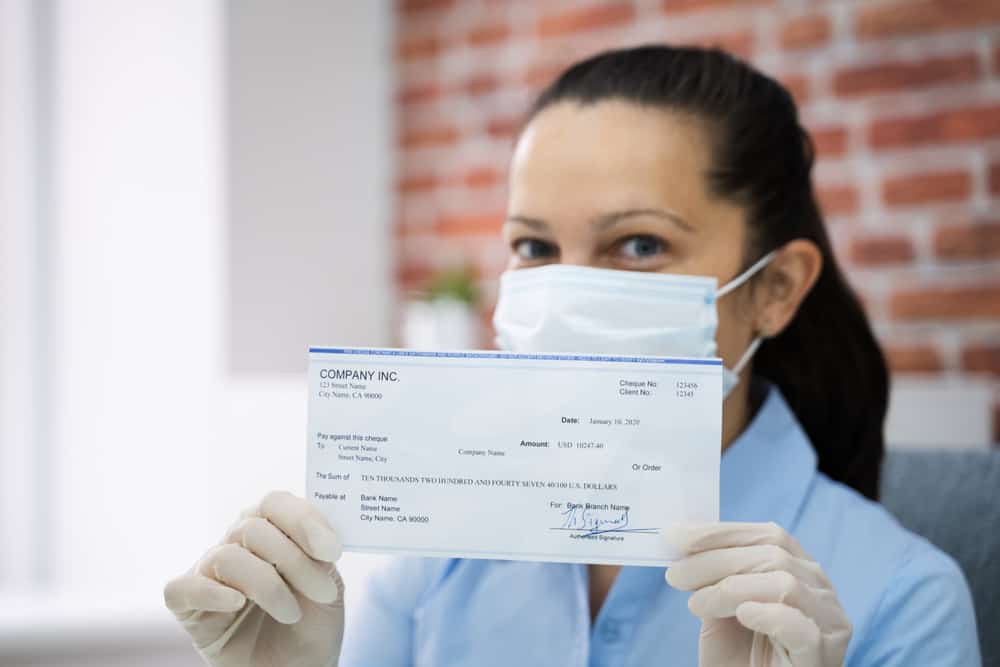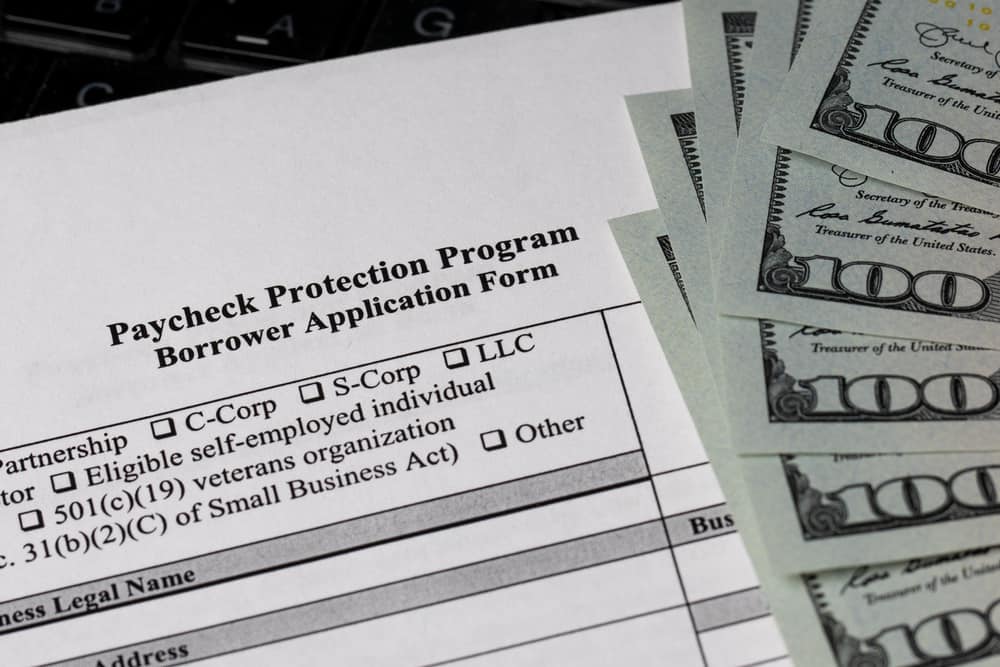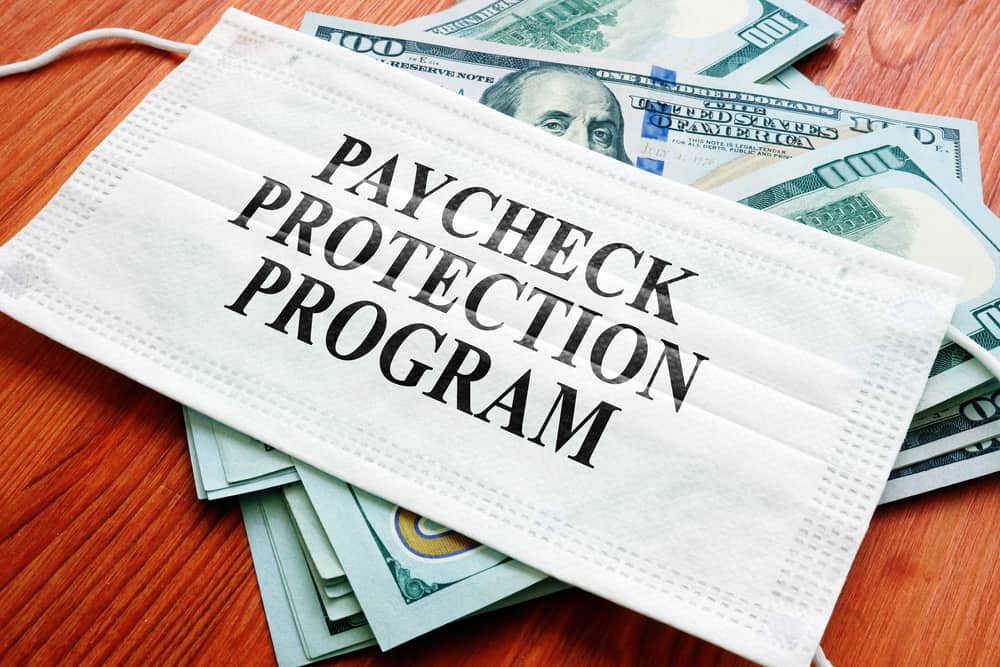Due to the pandemic affecting the entire world over the past year or more, it’s been incredibly difficult for small businesses to stay afloat when they don’t have customers regularly coming through their doors. The quarantine also made it nearly impossible for employees to go to work. But business owners were given no reprieve from still paying for rent and utilities on their buildings. That was why the federal government developed the Paycheck Protection Program (PPP) geared towards helping small business owners and American workers. You can find out exactly what the PPP entails here.
What Is the Paycheck Protection Program?
The PPP started in March 2020. Since its inception, it has distributed more than $500 billion in loans to businesses of all kinds. Businesses were granted access to funds up to 2.5 times the amount of their payroll costs for up to eight weeks. The maximum amount any business could take out was $10 million at at a fixed rate of 1%. However, since the program began, it has been changed several times.
In December 2020, the federal government passed the Coronavirus Response and Relief Supplemental Appropriations Act (CRRSAA) which provided another $900 billion to businesses. It fixed many of the problems that PPP had, such as granting access to a second draw for those who needed more money. This new act also changed the criteria required for businesses to be eligible and made loan forgiveness a little easier.

Shutterstock
Who Is Eligible for PPP?
The PPP assistance is available to independent contractors, sole proprietors, small businesses, and self-employed people. It is for companies with twenty or fewer employees and those with a smaller stream of revenue. They made changes to increase eligibility, including non-citizens who paid taxes, people delinquent on their student loans, and those who had committed non-fraud felonies.
Who Provides PPP?
Private lenders and credit unions issue PPP loans. Then, the Small Business Administration (SBA) backs the loan. These loans are to incentivize small businesses to keep their employees on payroll and/or rehire laid-off workers who had their employment disrupted from the Covid-19 pandemic.

Shutterstock
What Are the Requirements for the First PPP Loan?
Before making out an application for the PPP loan, you must first meet these criteria:
- Business is open and operational
- Business was operational before February 15, 2020
- You have fewer than 500 employees, or you have fewer than 500 employees per location if the business has multiple locations
To obtain the “second draw,” a business must meet the following requirements:
- First PPP loan has been used
- Business was in operation before February 15, 2020
- It’s still open and operational
- The company has no more than 300 employees; you have fewer than 300 employees per location if the business has multiple locations
- Business can demonstrate that there has been a 25% or greater reduction in gross revenue.
How Can Reduction in Gross Revenue Be Demonstrated?
There are generally two ways that a business can show a 25% or greater reduction in revenue. First, they can demonstrate this reduction by comparing their annual gross revenue on your tax return in 2020 to 2019. Secondly, you can compare your gross revenue in any quarter in 2020 with your income in the same quarter of 2019.

Shutterstock
What Are Some Alternatives to PPP?
If, after looking at all of the above criteria and you find that you don’t meet all of them, there are some alternatives you may want to seek out to help you financially. Here is a list of other funding sources you may want to consider:
- The Employee Retention Tax Credit: businesses can apply for payroll tax credits if they keep employees on the payroll, if they paid COVID-19-related sick leave for employees, or if they had to suspend operations.
- The Express Bridge Loan: $25,000 is for disaster-related purposes from a lender you already have an existing bank relationship with.
- Federal Stimulus Checks
- Pandemic Unemployment Assistance: Self-employed individuals and independent contractors are eligible for unemployment benefits if they find themselves unemployed, partially unemployed, or unable to work due to COVID-19.
- Traditional bank loans
Getting through these trying times can be difficult financially, but there are resources out there to help you. You just have to know where to look and to ask for help needed.